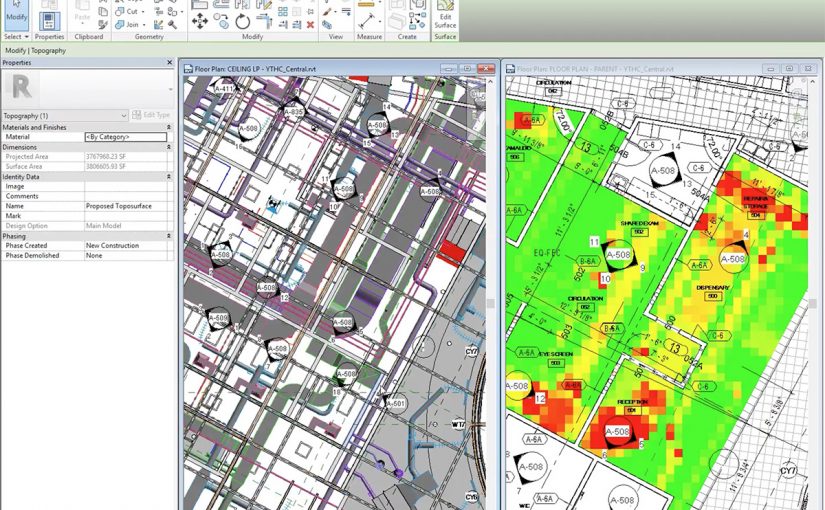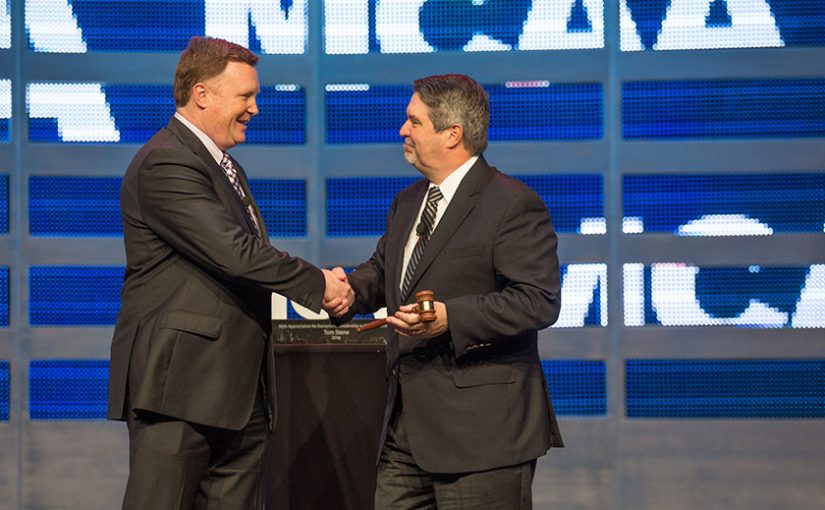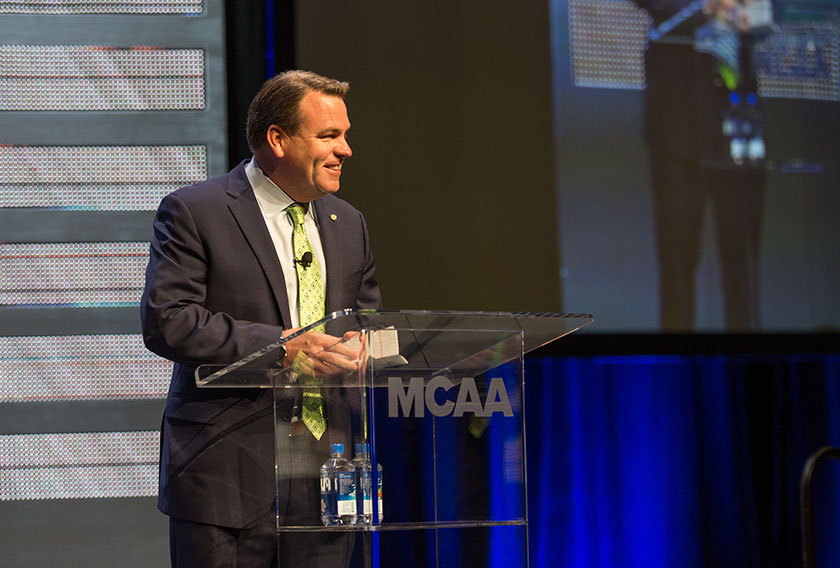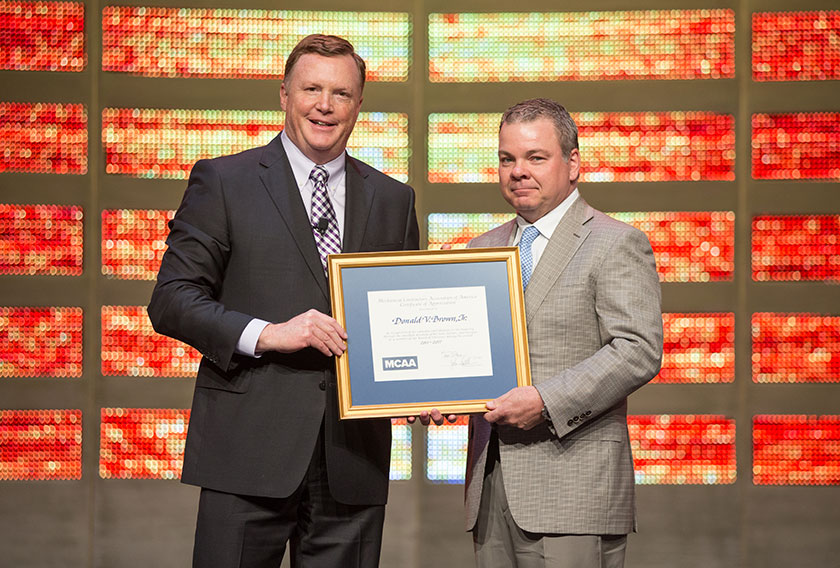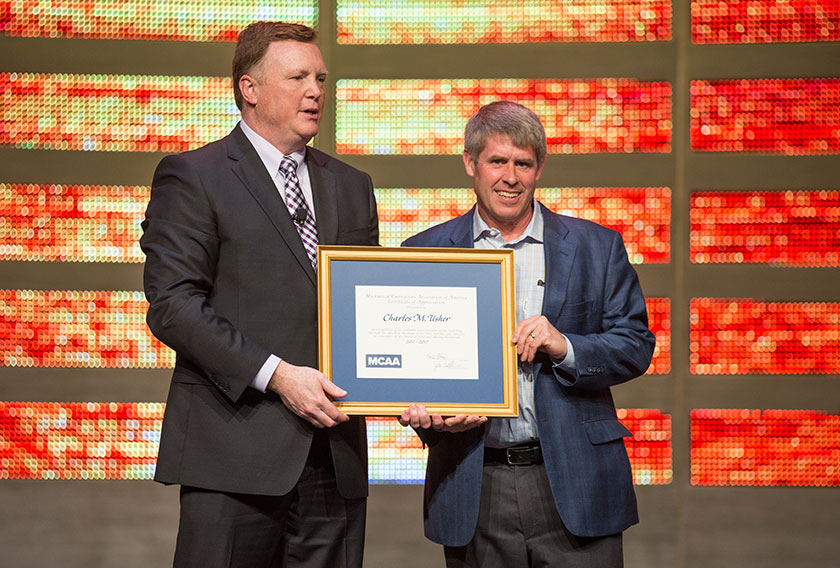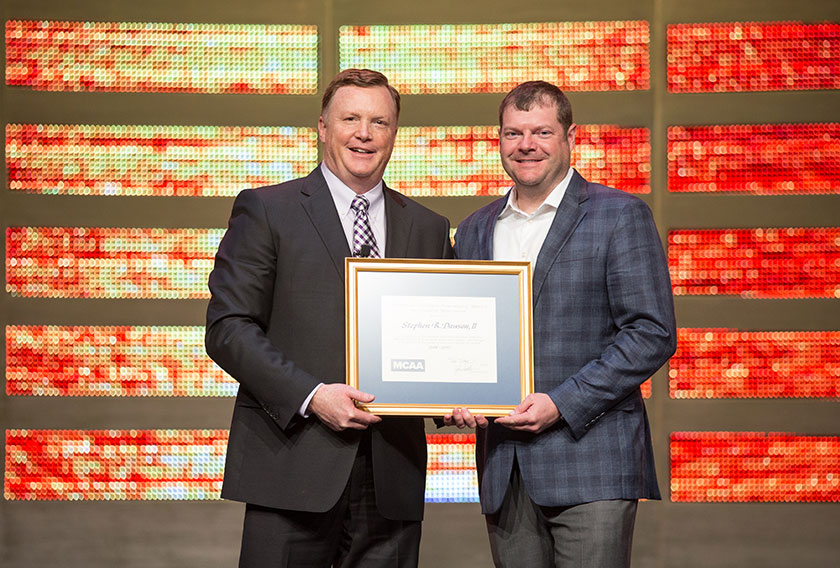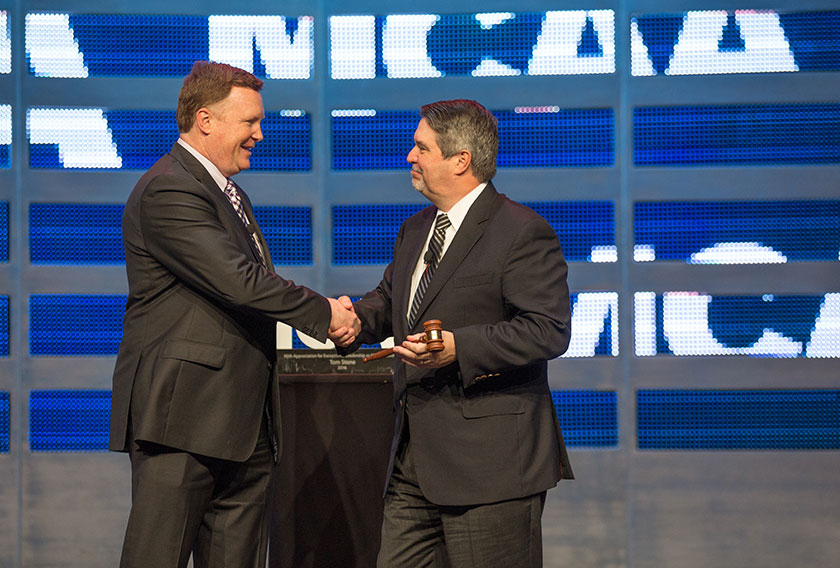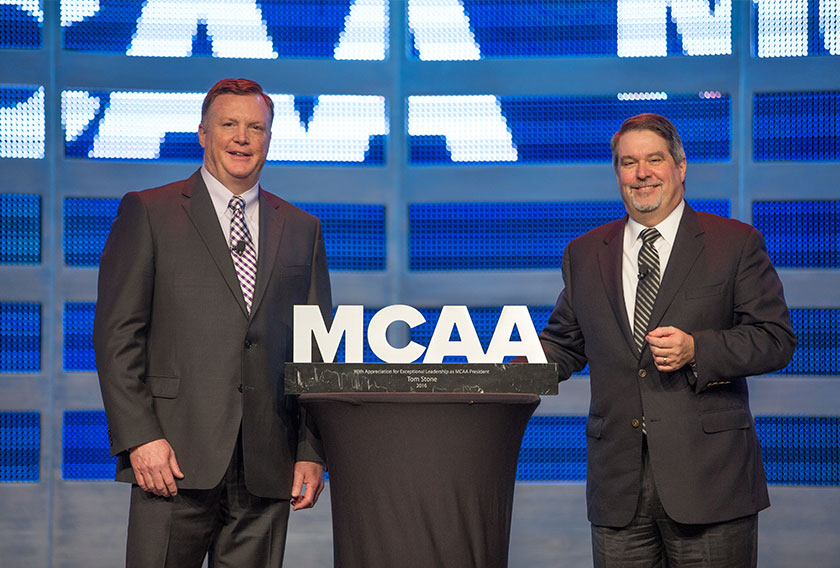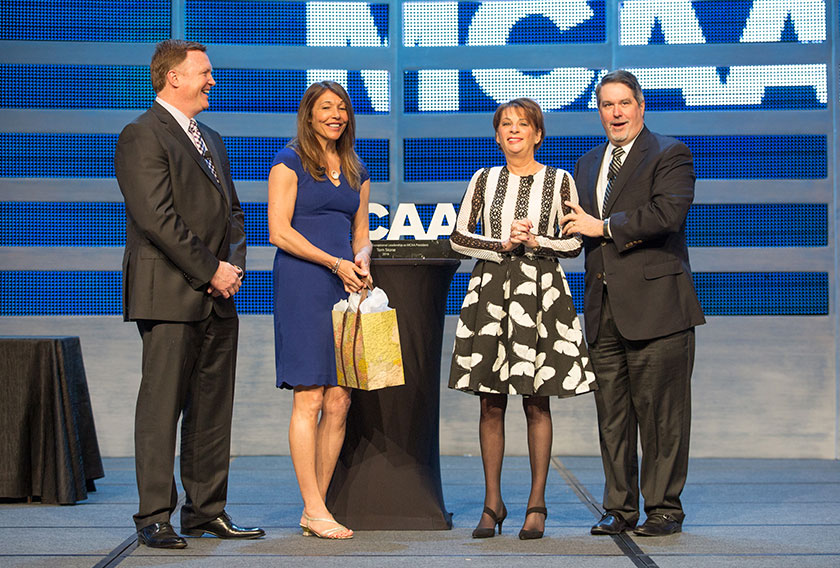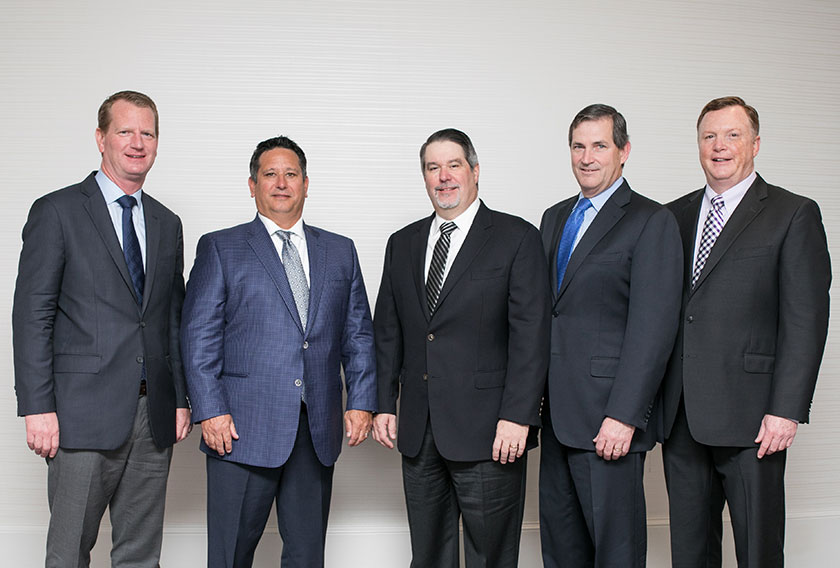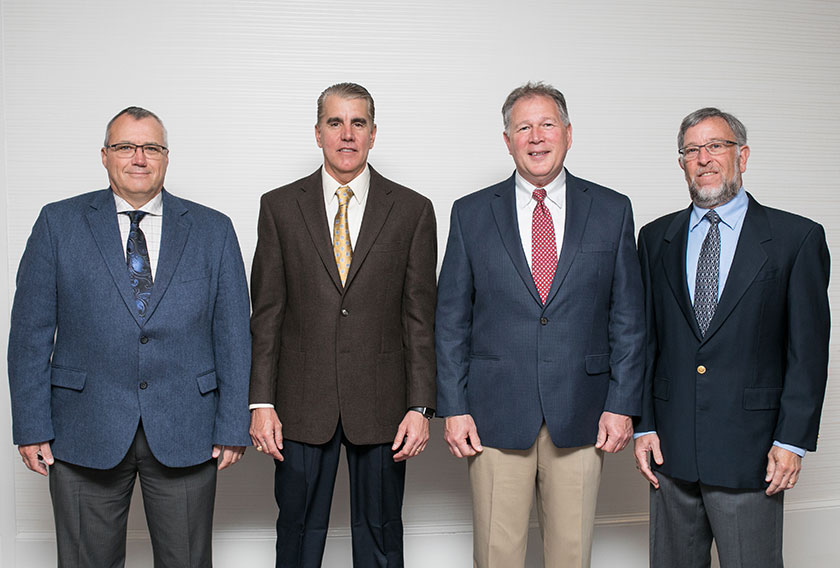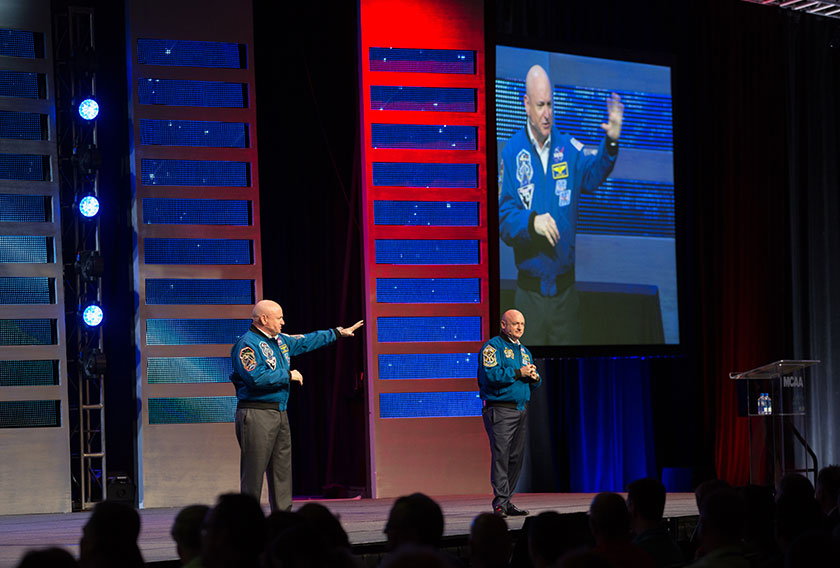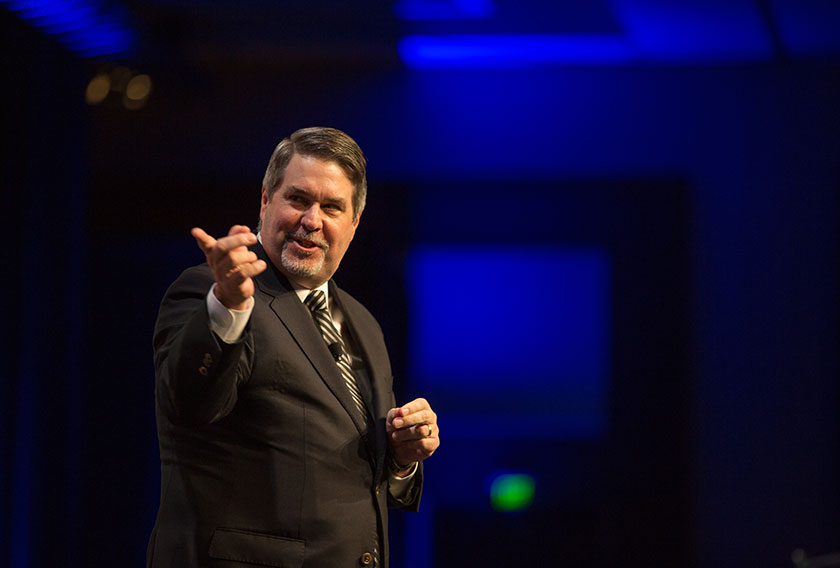Sloan Partners with Kansas State University To Sponsor Two Courses
Sloan, an MCAA member, has partnered with Kansas State University to sponsor two courses in the Department of Interior Architecture and Industrial Design (IAID). The sponsorship builds on Sloan’s relationship with the university, which is also home to an MCAA Student Chapter.
Partnership Provides Students with Studio, Research, and Design Experience Across Two Courses
Created to equip students with a background in product research, design, and development, the courses—an undergraduate class for third-year students and a masters-level class for fifth-year students—provide opportunities to learn and innovate the future of interior restroom design as students enter into the workforce.
“Having established this relationship in 2019 we have found this partnership to be mutually beneficial in combining our 100 years of expertise in the plumbing industry with K-State’s amazing creativity in design,” said Jim Allen, Sloan co-president and CEO. “One of my favorite times of year is when we visit K-State and get to interact with the students. I always leave energized and inspired by the students’ work and the potential of innovation in the plumbing industry.”
“At Sloan, we’re always looking to advance the future of the commercial restroom, and that innovation starts with the next generation of architects and designers,” said Gary Peterson, Sloan vice president of engineering and innovation. “We are proud to partner with Kansas State to provide its students with an outlet for creativity in design. In fact, one of our current interns is a graduate of the program.”
The undergraduate course sponsored by Sloan is IAID Product Design Studio III taught by Assistant Professor Dr. Mekin Elcioglu, a one-semester class focused on product semantics, design research, problem solving methodologies, conceptualization of ideas, and aesthetic sensibility based in design thinking and human-centered design. Students conduct an in-depth investigation and research an existing restroom product of their own choosing and use their research and analysis within a spectrum of affordable to desirable high-end design solutions to create their own design proposal. Students then design the product in an effort to improve what is currently on the market by solving consumer problems and addressing their needs.
The two-semester masters-level course (Product Design Research and Product Market Design), also taught by Dr. Elcioglu, focuses on market research trend analysis and ideation during the fall semester before moving on to design development in the spring term.
“We are proud of our relationship with Sloan. This partnership has afforded our students a real-world application of their education,” said IAID Department Head Nathan Howe. “The team that Sloan has put together to work with our students has made this experience challenging, educational, and nurturing as they develop into professionals. Our students have thrived in this environment. I am excited to see how Sloan and K-State can build upon the foundation we have already established.”
“Benefiting from both academia’s and industry’s experiences, the research and resources could give the young designers, engineers, and everyone who is involved in this collaboration, an upper hand in the development of new concepts and solutions; generating added-value in tackling the issues brought up by global challenges,” added Dr. Elcioglu. “We, the educators, and our industry partners are becoming more adaptable to the swiftly changing local and global needs and paradigms through these partnerships that demand healthier, safer, and innovative applications.
Adopting new ways of design thinking and integrating multiple disciplines through holistic and empowering design processes will be a crucial part of design education and hopefully set higher standards that will also benefit the industry.”
Due to the current COVID-19 pandemic, the most recent spring semester course for fifth-year students was held online. While students were unable to partake in hands-on prototyping, many of their product concepts are directly applicable to the post-COVID-19 commercial restroom environment.
Related Resource
Learn how Sloan’s integrated lineup of touch-free commercial plumbing systems are being used at Chicago’s new Fulton East office and retail building, the nation’s first office building designed specifically to address employee health, safety, and wellness in the post-COVID-19 environment.
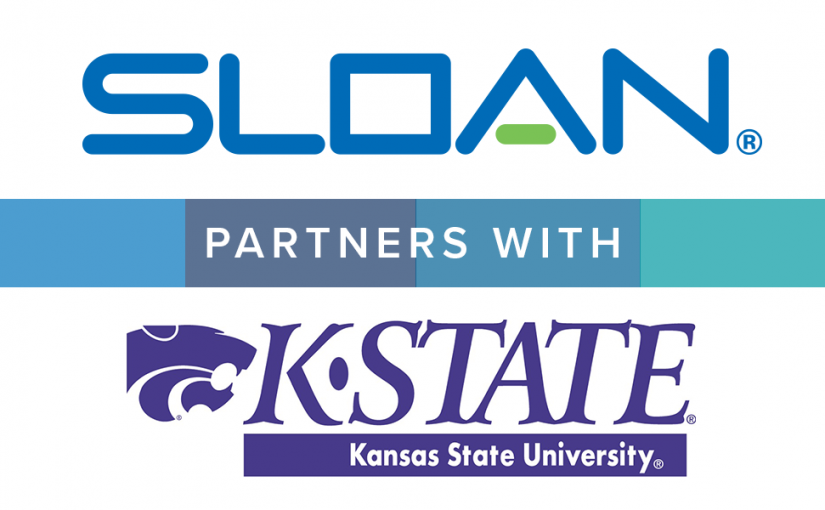
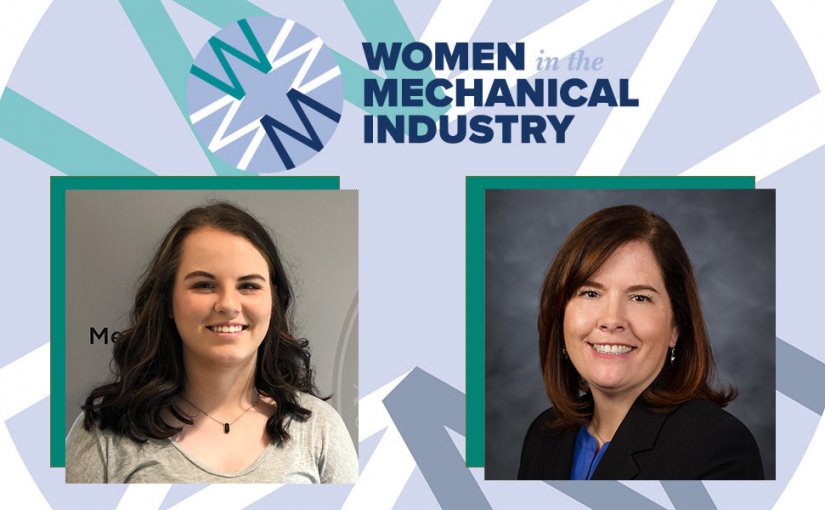
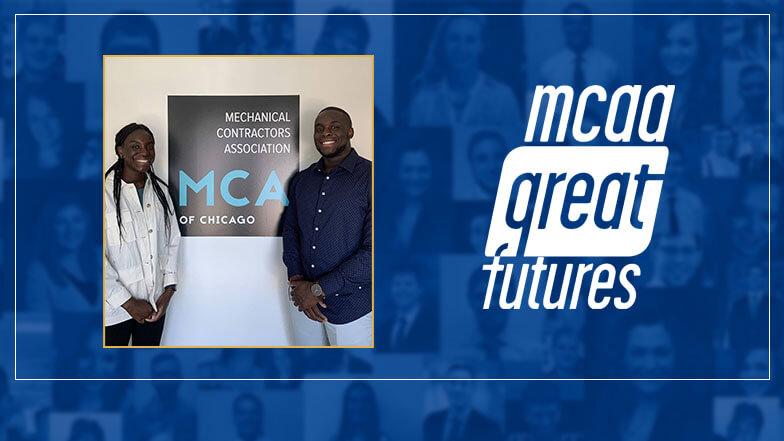
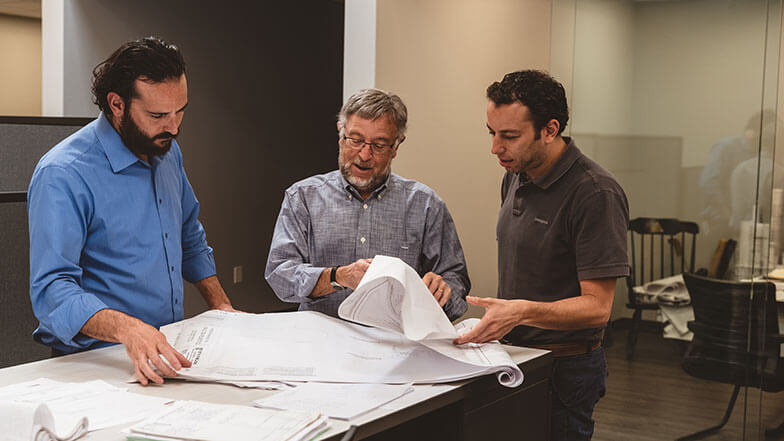
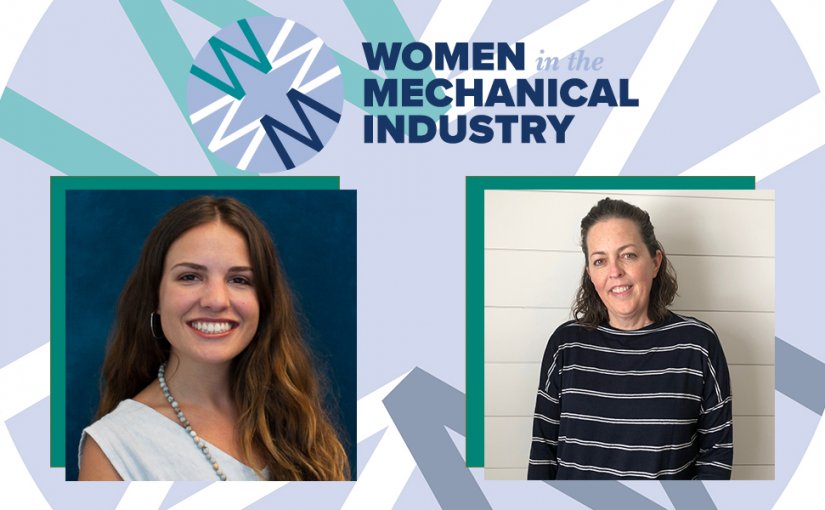
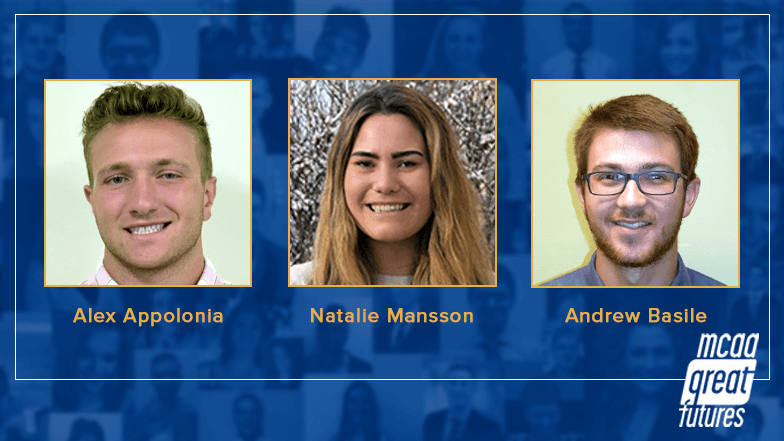
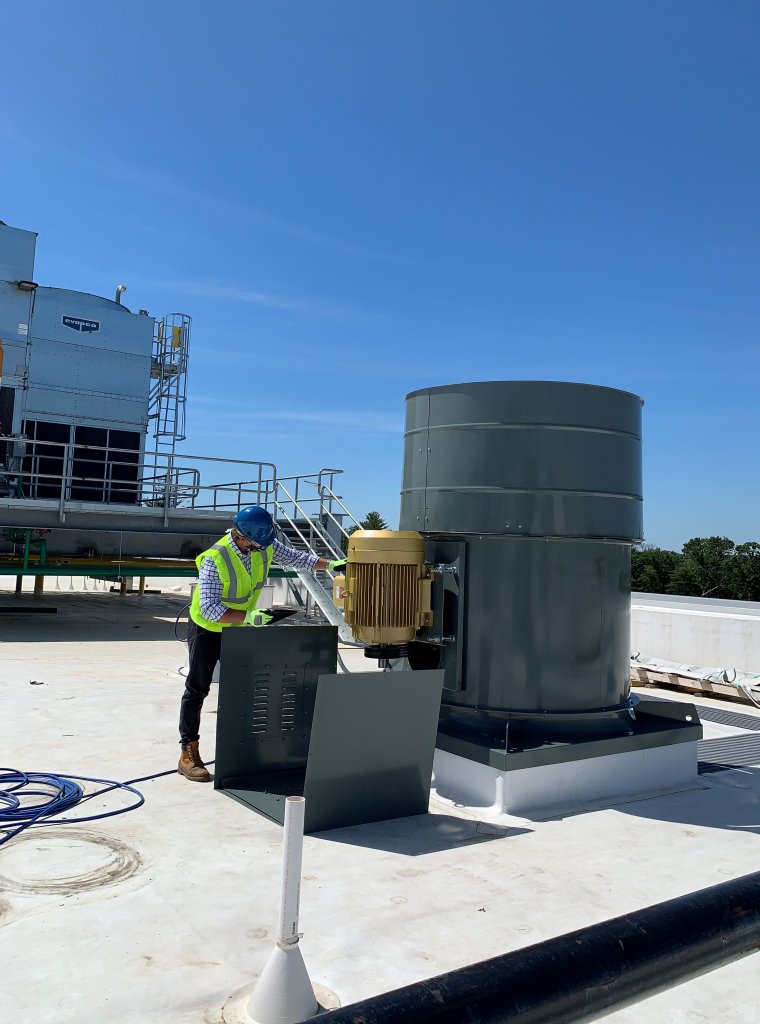
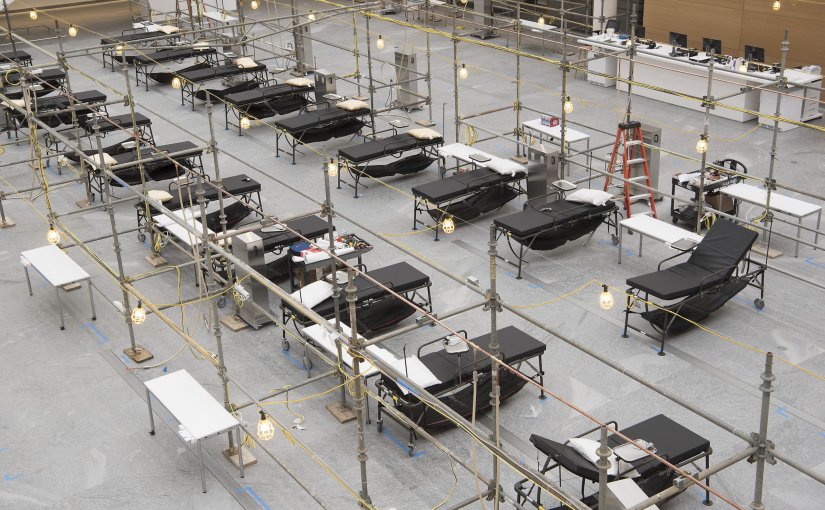
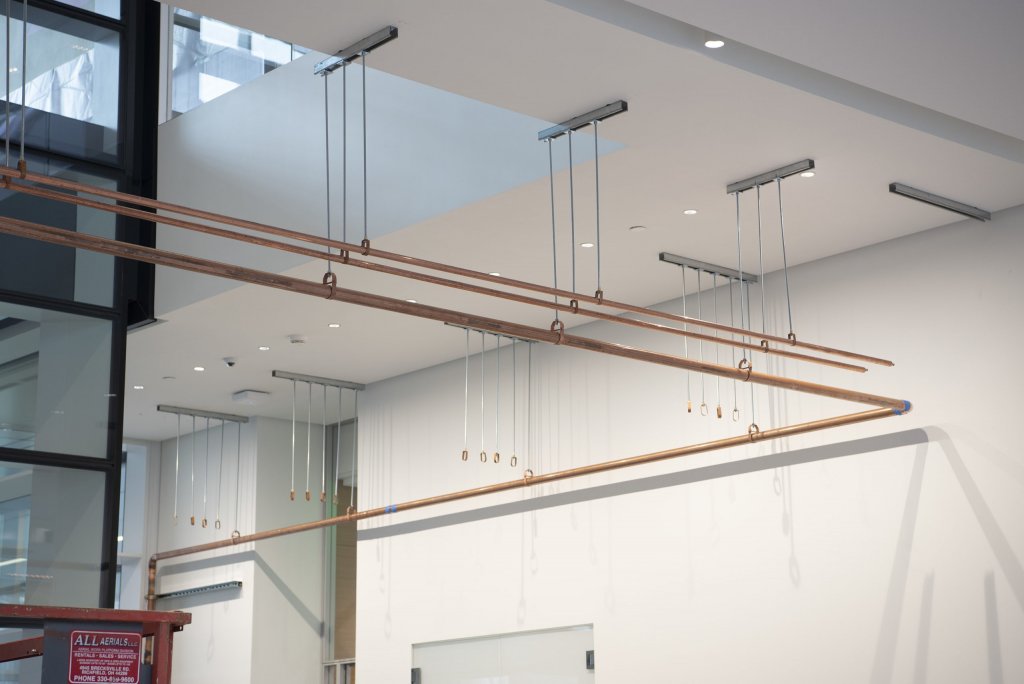



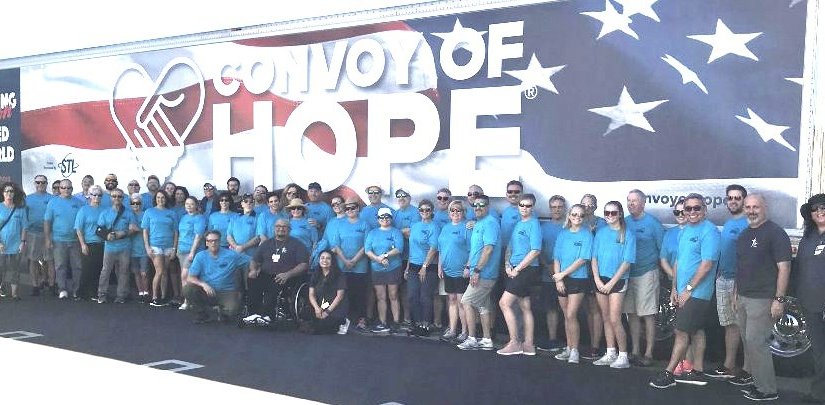
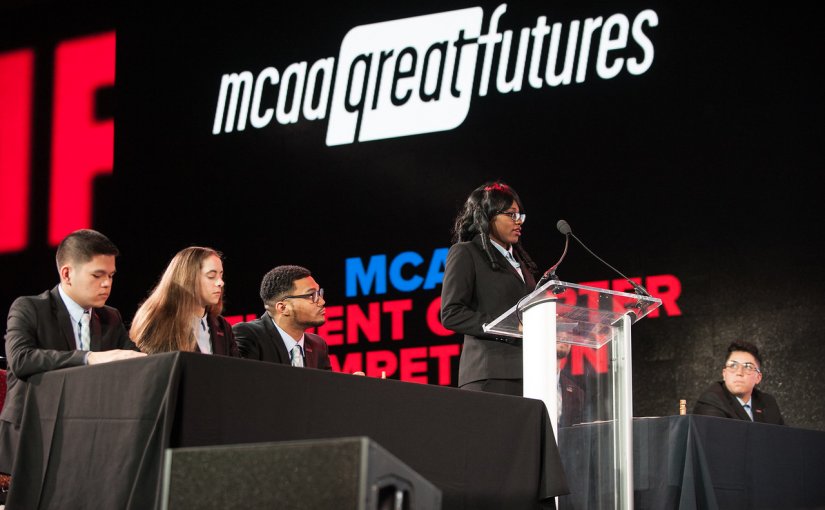

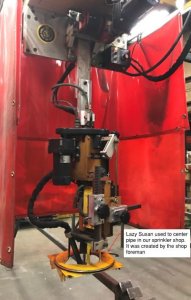 These missing tools and artful uses are often easy to see on a job site or in the Fab shop. That’s why I think Con Techs should spend a considerable amount of time observing or possibly working with the craftsmen in the field looking for missing tools, materials, methods and potential artful use. Every time I step on a job site I look at what craftsmen do with their tools with an eye to unconventional uses. Some of the best ideas have grown out of watching people use their tools in some absurd way. That can communicate louder than words what is really needed.
These missing tools and artful uses are often easy to see on a job site or in the Fab shop. That’s why I think Con Techs should spend a considerable amount of time observing or possibly working with the craftsmen in the field looking for missing tools, materials, methods and potential artful use. Every time I step on a job site I look at what craftsmen do with their tools with an eye to unconventional uses. Some of the best ideas have grown out of watching people use their tools in some absurd way. That can communicate louder than words what is really needed.
